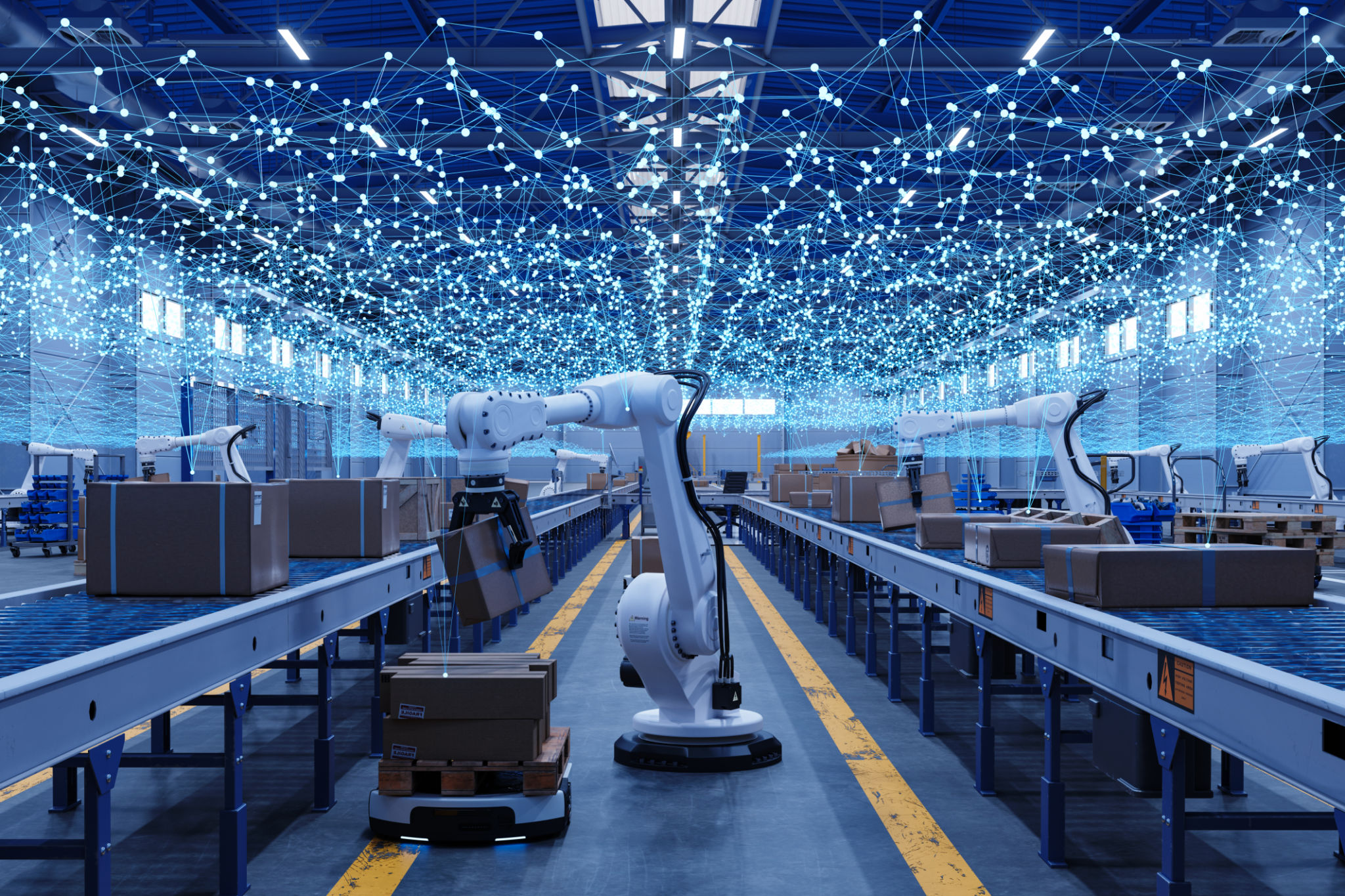Stormwater Management Solutions: Leveraging Smart Technology for Sustainable Cities
Understanding Stormwater Management
Stormwater management is a critical component of urban planning, especially as cities continue to grow and face the challenges of climate change. The traditional approach often involves physical infrastructure like drains and retention ponds. However, with the advent of smart technology, cities have new opportunities to enhance the efficiency and sustainability of their stormwater systems.
Smart technology in stormwater management involves using data-driven solutions to monitor, control, and optimize the flow of stormwater. This can help to mitigate flooding, reduce pollution, and protect water resources. By leveraging these innovative tools, cities can create more resilient and sustainable environments for their inhabitants.

The Role of IoT in Stormwater Management
The Internet of Things (IoT) plays a pivotal role in modern stormwater management systems. IoT devices, such as sensors and smart meters, can be deployed throughout a city’s infrastructure to provide real-time data on water levels, flow rates, and weather conditions. This information enables city planners to make informed decisions and respond quickly to potential flooding events.
One of the key benefits of IoT is its ability to provide predictive analytics. By analyzing historical and real-time data, cities can predict future stormwater challenges and develop strategies to address them proactively. This not only improves the efficiency of stormwater systems but also reduces the costs associated with emergency responses and repairs.

Adopting Green Infrastructure
In addition to smart technology, green infrastructure is a vital part of sustainable stormwater management. Green roofs, permeable pavements, and rain gardens are just a few examples of how cities can integrate nature into their urban landscapes to manage stormwater more effectively.
Green infrastructure helps to absorb and filter stormwater, reducing runoff and improving water quality. It also enhances urban biodiversity and provides aesthetic and recreational benefits to communities. By combining green infrastructure with smart technology, cities can create a holistic approach to stormwater management that is both effective and environmentally friendly.

Case Studies: Cities Leading the Way
Several cities around the world are already adopting smart stormwater solutions with impressive results. For example, Singapore has implemented an advanced water management system that includes real-time monitoring and automated control of stormwater facilities. This has significantly reduced the risk of flooding in the city.
Similarly, Copenhagen has developed a cloud-based platform to manage its stormwater system. By integrating data from various sources, the city can optimize its response to heavy rainfall events and minimize the impact on its infrastructure and residents.

Challenges and Opportunities
Despite the benefits, there are challenges to implementing smart stormwater solutions. These include the initial cost of technology deployment, the need for skilled personnel to manage and maintain the systems, and concerns about data privacy and security.
However, the opportunities far outweigh the challenges. By investing in smart technology and green infrastructure, cities can not only address current stormwater management issues but also future-proof their urban environments against the impacts of climate change.
Conclusion: A Sustainable Future
As cities continue to grow, the importance of stormwater management cannot be overstated. By leveraging smart technology and embracing sustainable practices, urban areas can protect their natural resources, improve the quality of life for residents, and create resilient communities.
The future of stormwater management lies in the integration of technology and nature. By adopting these innovative solutions, cities can lead the way towards a more sustainable and environmentally conscious future.
